Introduction to CE Hydraulic Lift Tables
A CE hydraulic lift table is an essential tool in various industrial settings, designed to facilitate the lifting and handling of heavy materials. This equipment is pivotal for tasks that require elevation for maintenance, loading, and unloading purposes. With a range of applications, from warehouse cargo management to vehicle repairs, these tables are engineered to improve efficiency and safety in the workplace.
Types and Applications
The versatility of hydraulic lift tables is reflected in their diverse types. Scissor lift tables, characterized by their crisscross framework, are widely utilized in freight handling and logistics. They are adept at providing stable lifting solutions in environments such as ports and retail warehouses. For more demanding tasks, heavy-duty hydraulic options are available, capable of managing substantial loads. Specialized lift tables cater to specific needs, such as those designed for motorcycle maintenance, allowing for a detailed inspection of the vehicle from various angles.
Features and Materials
Hydraulic scissor lift tables are constructed with durability in mind, often made from reinforced steel or aluminum to ensure longevity and resilience under substantial loads. The hydraulic mechanism offers smooth and controlled elevation, which is crucial for the precise positioning of goods. Some models come equipped with additional features like extendable platforms to reach otherwise inaccessible areas, enhancing their functionality.
Advantages of Hydraulic Lift Tables
The primary advantage of a hydraulic lift table lies in its ability to prevent strain and injury, promoting a safer working environment. By adjusting to the optimal height, these tables reduce the need for manual lifting, thereby minimizing the risk of workplace accidents. Furthermore, the efficiency of operations is significantly improved, as goods can be moved and processed faster and with less effort.
Selection Considerations
When selecting a hydraulic lift table, it is important to consider the weight capacity, size, and the specific requirements of the operation. Tables with integrated trolleys can offer mobility, while stationary tables provide a stable work surface. The choice of a lift table should be guided by the nature of the tasks it will be used for and the environment in which it will operate.
Conclusion
In conclusion, a CE hydraulic lift table is a multifaceted tool that serves an array of industrial applications. Its ability to handle heavy loads with precision and safety makes it an invaluable asset in any setting that involves material handling. For those in search of such equipment, a comprehensive range of options is available to meet the specific needs of various operations.
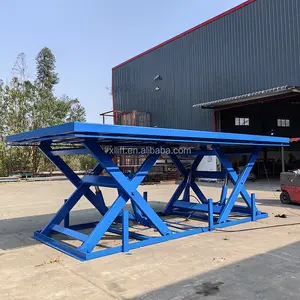

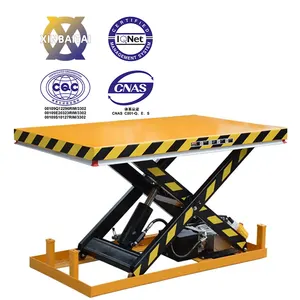



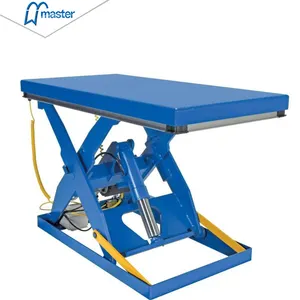
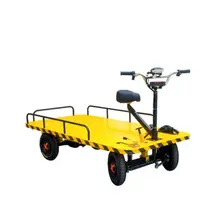
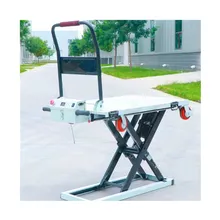

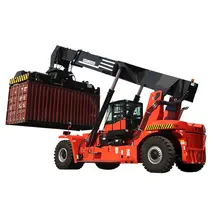
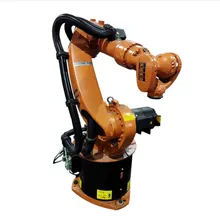
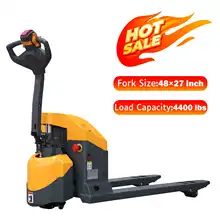

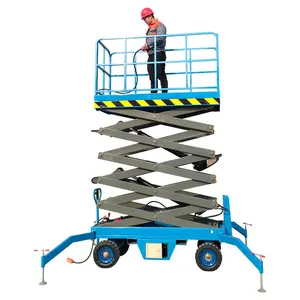

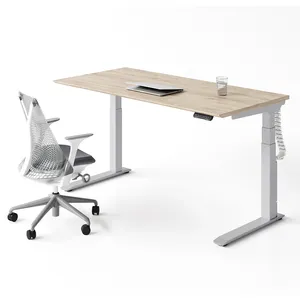

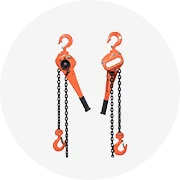
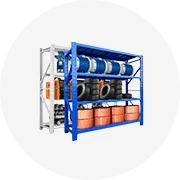
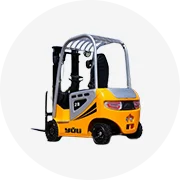








 浙公网安备 33010002000092号
浙公网安备 33010002000092号 浙B2-20120091-4
浙B2-20120091-4